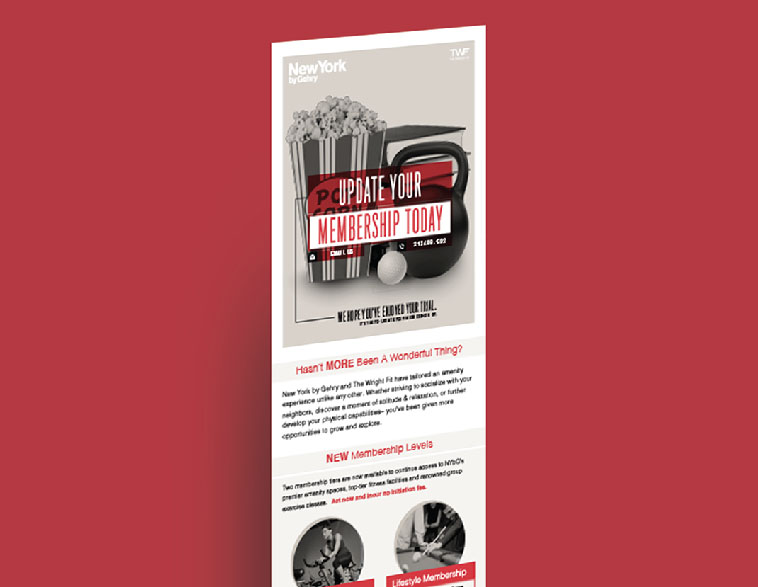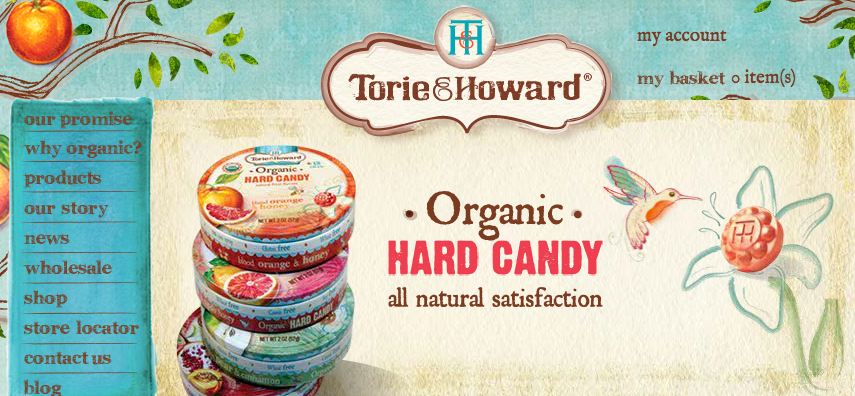The Food and Drug Administration realizes that “healthy” is not so simple to define. Food companies want to say that they’re healthy and consumers want to buy healthy; the problem is, no one knows exactly what the word “healthy” should mean when it comes to your food. The FDA wants to put an end to that and finally demystify the term. For so long, companies have been developing food products for profit and convenience, allowing the food’s nutritional integrity to become a secondary and often overlooked factor. By putting “healthy” on a package, companies were really saying that the brand cared about its ingredients; but then, like many things, companies began to exploit and take advantage of the term. Today, the word is so broadly used and misused that it lacks any power in terms of messaging.
To prevent miscommunication, the FDA currently has the Code of Federal Regulations which outlines the rules for using the term “healthy” on labels. These rules focus on sodium and fat content based on the type of food, however they exclude updated food facts and modern ways of thinking about health. Omitted are updated nutrient servings, fat type listings, and sugar listings which were announced in May 2016 for the FDA’s new nutrition label standards. These updates give consumers more and better information about what they’re consuming, ultimately allowing them to make an educated decision on how healthy a food may be.
Now the FDA is asking for the public’s help in defining “healthy.” Comments can be submitted until January 26, 2017. The open discussion was sparked by a Citizen Petition by Kind, a snack company that received a warning letter about its use of “healthy” on packaging and after being reviewed, was allowed to use the term as a company principle instead of a nutrition claim.
Examples of some of the questions in the open comment period include: What kind of criteria should be considered in order to label a food as healthy? What are the benefits to the public from labeling foods as healthy? What is the consumer’s definition and expectation of foods labeled healthy? How might consumer habits change from the labeling of healthy foods?
(photo courtesy of kindsnacks.com)
According to KIND Chief Executive Daniel Lubetzky in an interview, “We very much hope the FDA will change the definition of healthy, so that you don’t end up in a silly situation where a toaster pastry or sugary cereal can be considered healthy and a piece of salmon or bunch of almonds cannot.” The case suggests that currently the term “healthy” can only be used as a philosophical description of a company’s intent and vision rather than a benefit or feature of a product.
We too ask ourselves what it means for a product to be healthy; is there a healthy scale that would allow products to be rated for their “health factor?” While the definition of healthy may not be black and white, the real positive to all of this is the fact that the conversation is happening at all. “Healthy”, fat content, and serving size are all being evaluated and scrutinized both by legislators and consumers for a better understanding.
Why the change now? People’s understanding of what is healthy or not in terms of food has indeed changed through the years. Food that is low in fat used to be considered healthy, while we now know that it’s the type of fat that’s important rather than the total fat content. Who would have thought that full fat would be popular today? Trends aside, the reality is that what is healthy for one person may not be for another. Depending on age, race, sex, eating habits, dietary concerns, etc., a person’s nutritional needs will vary.
Updated scientific food data along with the public’s input may transform our thinking of which foods are healthy. We may not receive a clear definition but during the process we are becoming smarter and more informed, learning from one another along the way. With a goal to provide consumers with up to date nutrition information and to encourage healthy food development, join the comment period and stay tuned with Silver Creative Group to read about the FDA’s review.





